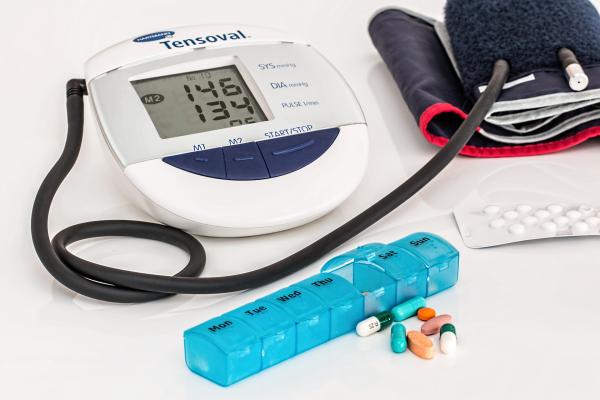An ounce of prevention
The very high incidence of heart disease in patients with long-standing diabetes makes preventative measures worthwhile. As a result, statin therapy is recommended for all individuals over age 40 with an LDL (low-density lipoprotein) of more than 70 mg/dL. In comparison, for those patients without diabetes, that LDL is considerably higher; the AHA 2019 guidelines for primary prevention set the bar at 190 mg/dL. The guidelines for treatment for those individuals with heart disease rather than primary prevention are different.
We have known for some time, based on observational trials and randomized controlled trials, that statins increase insulin resistance and raise glucose levels. The current research explored how those changes play out in the management of diabetes. Are the metabolic benefits of statins on lipids outweighed by statin’s harmful impact on glucose metabolism?
The Study
This was a retrospective chart review of patients within the VA system comparing a group of statin users to a “matched cohort” control being prescribed a medication for ulcers. Patients were entered into the study at their first prescription and followed until they left the VA system or the end of the study period – 12 years.
From 700,000 eligible patients, the researcher created 83,000 pairs of statin users and controls. Being a VA population, it was predominantly male (94%), white (68%), or black (21%). Among the statin-user group, roughly 60% had diabetes at the study initiation, compared with 40% in the control group. By the end of the study, all patients in both groups had been diagnosed with diabetes – that by itself should give us all a moment of pause. All of the statin users had significant reductions in LDLs, which the researchers rightly concluded represented not only being prescribed a statin but actually taking the medication.
Statin users had a 37% higher rate of progression of diabetes than their matched cohort. Progression as measured by
- Increasing prescription of glucose-lowering medications
- Initiation of insulin
- Presence of persistently elevated blood sugars
- New onset of poorly or uncontrolled diabetes
More importantly, there was a dose-response – greater LDL reduction was associated with worsening diabetes management.
The Tradeoff
The metabolic imbalance between statins advantage for LDLs and disadvantage for glucose metabolism is most often cited as a statin advantage with a 15% reduction in heart attacks and stroke and a 9% reduction in mortality [1]. As the researchers point out, the “metabolic cost” on diabetic management is infrequently measured. They point to national statistics demonstrating increasing hospitalization and deaths for poorly or uncontrolled diabetes. To be fair, the deaths from these hospitalizations were a fraction of a percent.
There is little doubt within the medical community regarding the value of statins in secondary prevention, our euphemistic way of treating heart disease once it becomes clinically apparent. For individuals at higher risk for heart disease, statins do provide protection. But it is clear from this study that for patients with diabetes, those statins come with health risks in the short term – their ability to manage glucose is impaired. This may require more close monitoring to tweak care. It may be an ideal setting for continuous glucose monitors, reducing the persistently elevated, poorly or uncontrolled blood sugar levels.
[1] These numbers are taken from one of many meta-analyses of statins and are ball-park figures for statins used before the onset of vascular disease – primary prevention.
Source: Association of Statin Therapy Initiation With Diabetes Progression A Retrospective Matched-Cohort Study JAMA Internal Medicine DOI: 10.1001/jamainternmed.2021.5714




